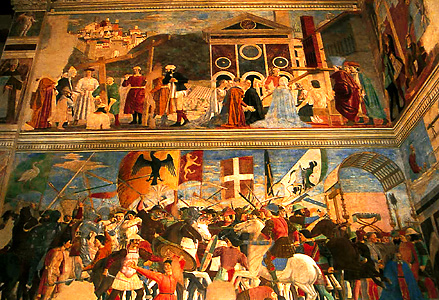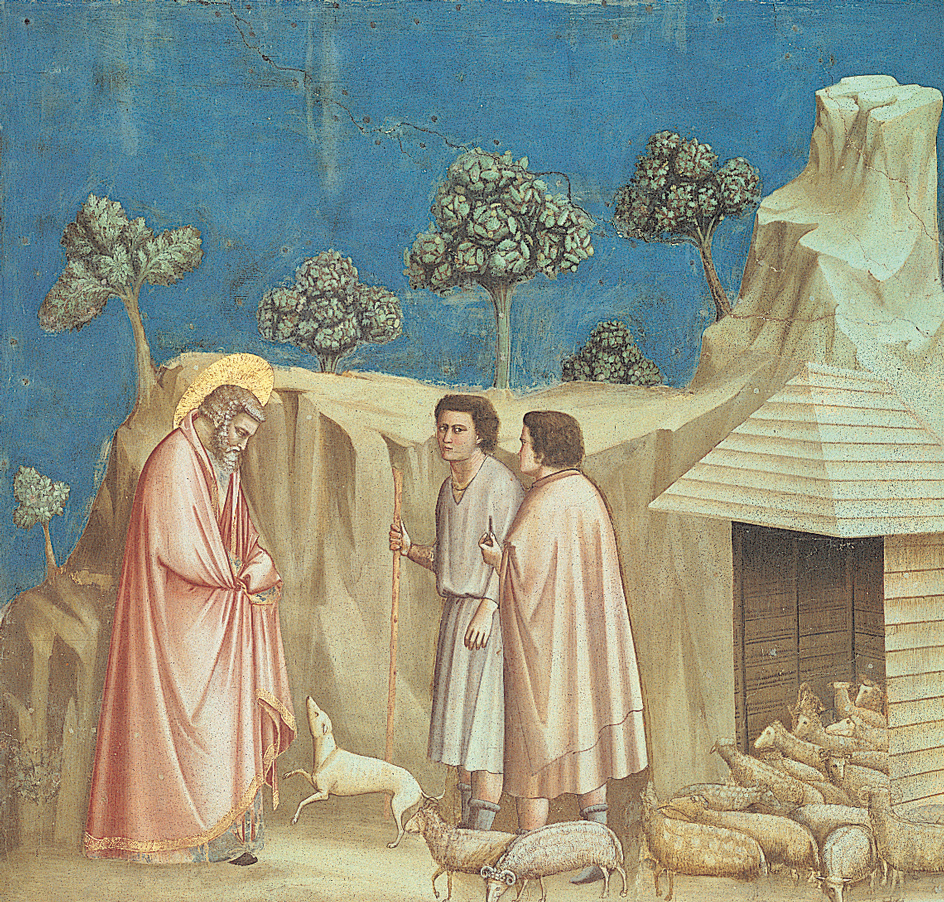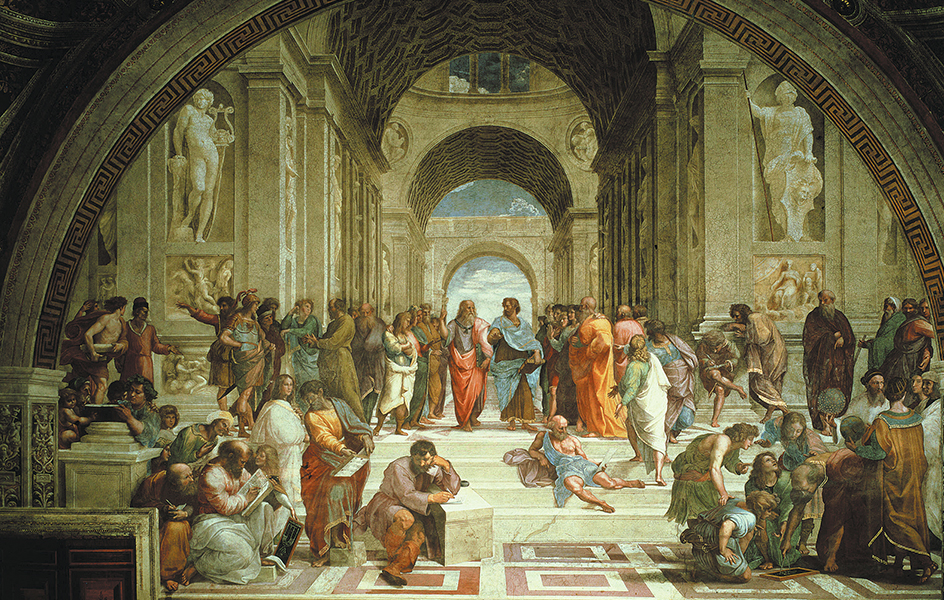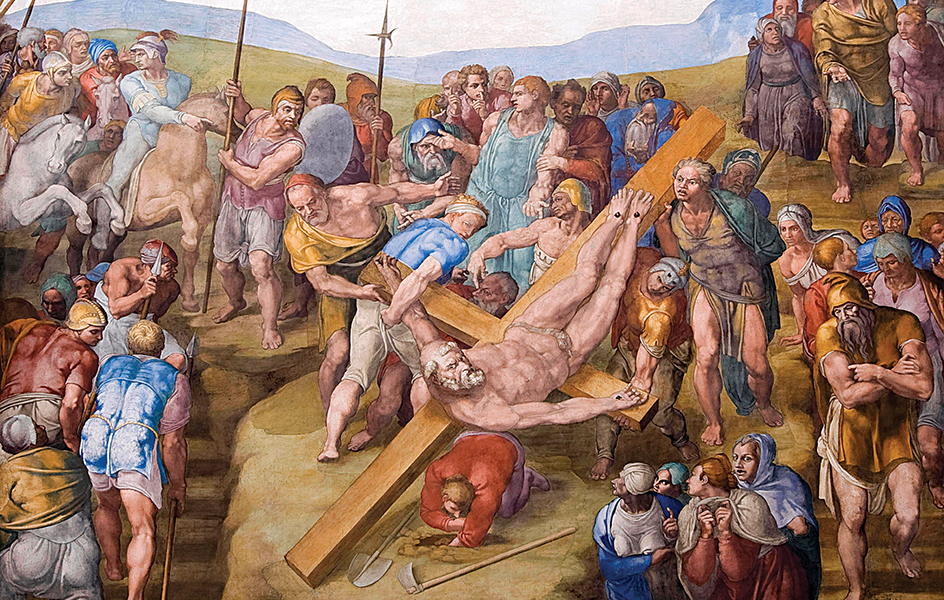Fresco, << FREHS koh, >> is a painting made on damp plaster, using pigments mixed with water. Fresco is the Italian word for fresh. In a true fresco, called buon fresco, the artist paints on freshly laid plaster. In a less common type, called fresco secco (dry fresco), the artist paints on plaster that has been allowed to dry, and then moistened.

To make buon fresco, the artist usually first makes a drawing, called a cartoon, that is the exact size of the proposed picture. A smaller sketch in colors is also made. Then, fresh lime plaster–as much as can be painted in one day–is laid on the surface of the wall or ceiling that is to be decorated. The artist places the cartoon on the surface, traces the outline, and then is ready to begin painting.
After mixing the dry pigments with water, the painter brushes them onto the damp plaster. As the plaster sets, it binds the colors permanently to its surface. Work must proceed rapidly because the plaster will not hold colors that are applied after it has dried. At the end of the day, any unpainted plaster is cut away, making a clean edge for the next day’s work.

The lime in the plaster bleaches many pigments that are suitable for other painting techniques. Only pigments that can resist the action of the lime can be used in fresco painting. Most are earth colors, whose tones are not as bright as those used in oil painting.

Fresco painting reached its height during the Italian Renaissance of the 1400’s and 1500’s. Among the most celebrated frescoes of that period are Michelangelo’s decorations of the Sistine Chapel in the Vatican. Two Mexican artists, Diego Rivera and José Clemente Orozco, inspired a revival of fresco painting in the United States in the 1930’s.

